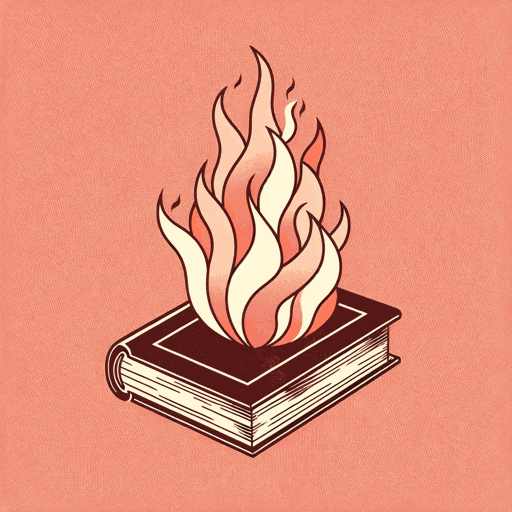20 pages • 40 minutes read
William StaffordTraveling through the Dark
Fiction | Poem | Adult | Published in 1962A modern alternative to SparkNotes and CliffsNotes, SuperSummary offers high-quality Study Guides with detailed chapter summaries and analysis of major themes, characters, and more.
Symbols & Motifs
The Unborn Doe
The unborn doe, “alive, still, never to be born” (Line 11), symbolizes at once the power and resilience of nature, and its helplessness and its vulnerability. On the one hand, the doe has survived the accident that killed its mother. Despite the brutal intrusion of humanity into the wilderness in the shape of the car and the hit-and-run that killed the mother, the fawn lies in the warmth of its mother’s belly, its potential still active. As the speaker contemplates the dead deer, the fawn is evidence of the power of nature—its strength in the face of humanity’s clumsy and often deadly reach.
The doe is a paradoxical symbol, however. In the line that centers the word “still,” there is grim wordplay. Still can mean “yet”—as in, the fawn is living, as far as the present moment goes. Its energy keeps the broad curve of the doe’s belly warm despite the settling in of rigor mortis. However, “still” also means no longer moving; in combination with the last word of the line, “stillborn” describes what the fawn will soon become—an offspring that fails to emerge alive from its mother’s body. This twin potential, to thrive or to be destroyed, symbolizes in microcosm the choice the speaker and all humans face in regard to the wilderness we decimate.


